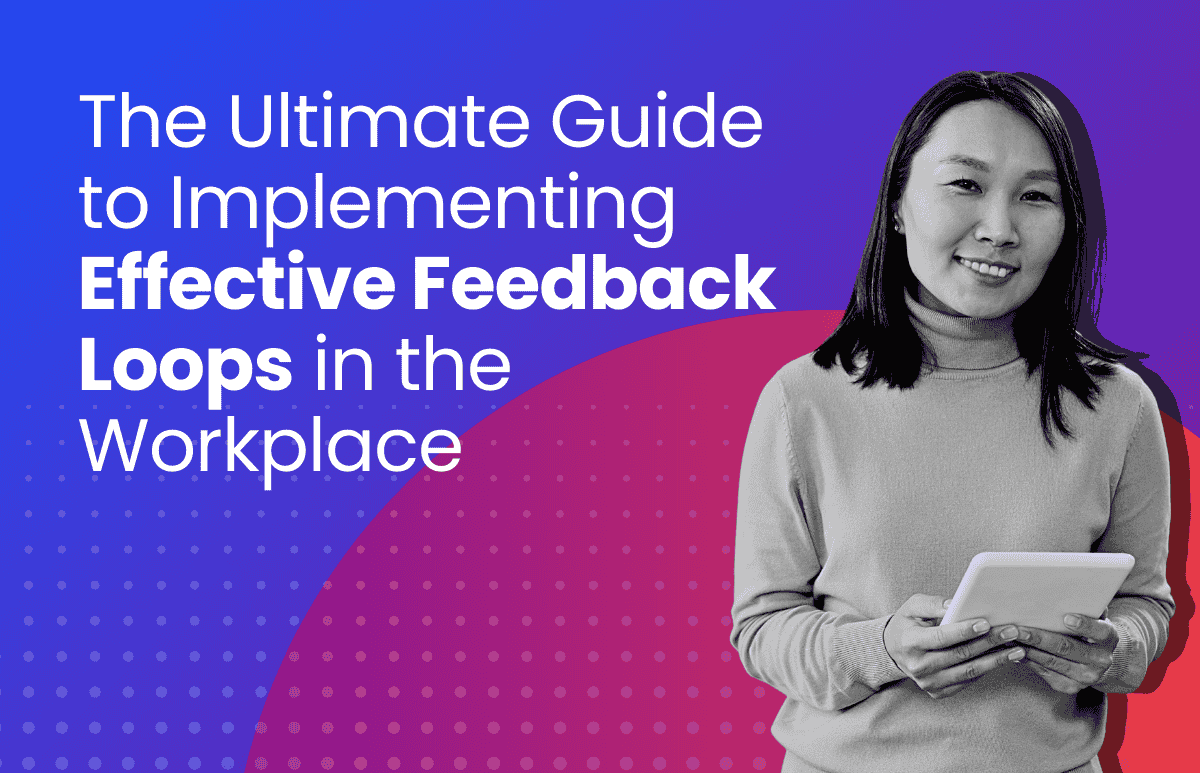6 Simple Steps to Create an Engaging Performance Review Process

Performance reviews can be stressful for both employee and their manager. Some managers dislike providing employees with performance feedback, and equally, some employees don’t like receiving it – especially if the process is clunky and time-consuming . But it doesn’t have to be that way. Performance reviews should be an opportunity to stop and reflect, with the ultimate aim of helping employees to achieve their goals.
Why is the performance review process important?
Having a well-designed performance review process brings a lot of benefits to a business’s growth. Performance reviews help employees to understand:
- What they’re doing right
- Areas they can improve on
- How their work contributes towards the company’s goals
When an employer has a good performance review processing place, employees tend to be more motivated in their career development because they can visualise the path ahead. They’re also more likely to achieve their goals, because they are clear and visible, resulting in an increase in productivity. A two-way performance process allows them to provide useful feedback to the organisation, which in turn, helps the business grow and achieve its own goals. Not only that, it fosters a culture of continuous improvement, positive morale, and open communication.
How to create an engaging performance review process
1. Be honest
Sometimes a performance review means giving negative feedback. While you may be tempted to avoid confrontation, in a performance review, honesty really is the best policy. By being honest with your employee, you show that you respect them, and that you are invested in them enough to help them improve.
2. Make the process easy
Keep the review process short and simple. The easier it is, the more likely employees are to engage in the process. Automated tools are a good way to help streamline the process and make it more collaborative. Hosting the performance review online also allows both employees and managers to refer back to the same ‘source of truth’ at any time throughout the year.
3. Avoid subjective ratings
Ratings can be subjective and ambiguous. Instead, try to have an open discussion around the employee’s professional development and their alignment with business goals. Use SMART KPIs to reduce the risk of misunderstood expectations. Ask open ended questions to encourage a discussion instead of a list of things they did right or wrong.
4. Conduct reviews more than once a year
Performance reviews held only once a year are not a particularly effective way to evaluate your employees or correct any problems. Instead, conduct multiple ‘mini’ reviews throughout the year (quarterly works for a lot of companies). This keeps employees on track and enables any issues to be addressed before annual review time rolls around. Use the formal annual performance review to gain a clear view on annual progress and also take the opportunity to recognise key achievements.
5. Separate performance reviews and pay reviews
By separating the performance review from the pay review, the employee can focus on their performance without getting defensive. It provides an environment where employees can really listen and digest any feedback instead of anticipating the bonus or pay increase.
6. Have employees review themselves
Make the review collaborative. This will ensure that the employee is invested in the review process and is an active participant rather than a passive listener. Let them contribute when setting goals. This lets your employees know they have a voice and that what they think matters to you. Also, this provides a chance for you to identify an employee that has different perceptions or bias about their own performance. This insight can give management the opportunity to address any red flags or correct the employee’s perception before it becomes a larger issue.
In Summary
Employees who feel supported, have a clear action plan and an opportunity to be an active participant in their performance review are more likely to not only be engaged but also exceed expectations.
Read more: 7 Ways to Motivate Employee Performance
ELMO Performance Management streamlines the employee appraisal process by offering a range of pre-built goals and development objectives. It also facilitates360-degree reviews that assist in the development of a performance culture to reduce employee turnover. Its features include tailored performance appraisals, automated workflows, and custom reporting functionalities.
ELMO Software is a cloud-based solution that helps thousands of organisations across Australia, New Zealand and the United Kingdom to effectively manage their people, process and pay. ELMO solutions span the entire employee lifecycle from ‘hire to retire’. They can be used together or stand-alone, and are configurable according to an organisation’s unique processes and workflows. Automate and streamline your operations to reduce costs, increase efficiency and bolster productivity. For further information, contact us.
 HR Core
HR Core 









